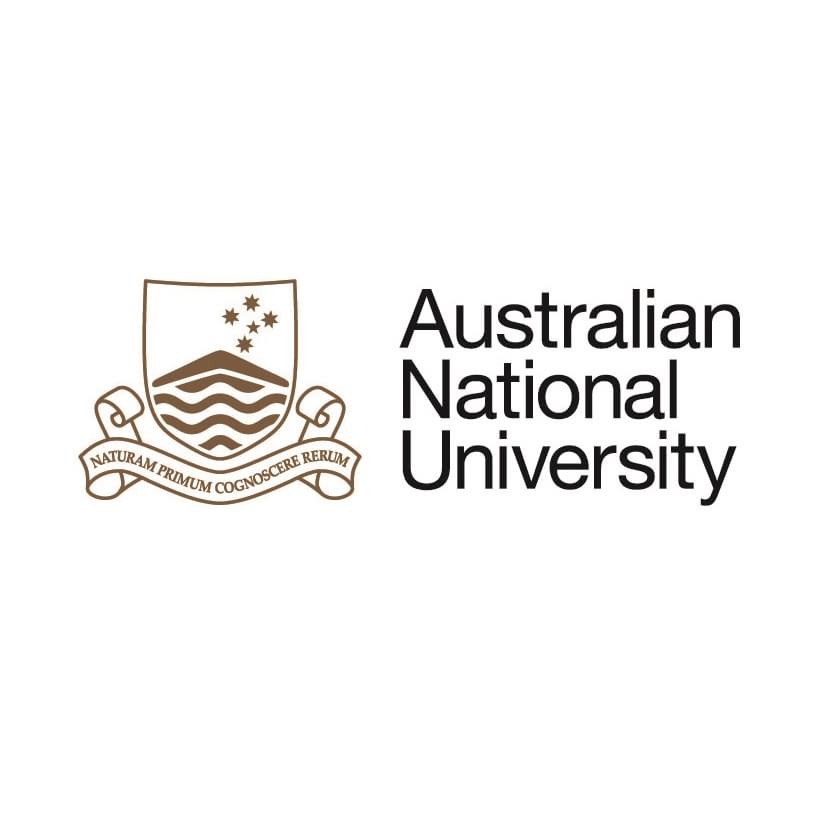Full description
Abstract: This terrestrial mammal trapping data package comprises terrestrial mammal survey data recorded annually between 2012 and 2017 over three consecutive nights. Ten Elliott traps and six cage traps were baited and placed on each site.The plot network was established in 2002 in Booderee National Park in the Jervis Bay Territory, south-eastern Australia. The study location is a floristically diverse area in which fire history has been well-documented over several decades. The plot network’s objectives involve quantifying the inter-relationships between natural disturbance and/or management intervention (including weed and feral animal control and prescribed burning) and the reciprocal changes in vegetation condition and biodiversity response. This particular study forms part of the collection of data packages from the Jervis Bay Booderee National Park Plot Network. A synopsis of related data packages which have been collected as part of the Jervis Bay Booderee National Park Plot Network’s full program is provided at https://doi.org/10.25911/5c3c070a5ee94 Sampling method: Since March 2007, surveying has taken place at a total of 130 sites. These include the original 110 permanent sites in the study at Booderee National Park, as first delineated in 2002, using two stratifying variables: (1) broad vegetation type (heathland, forest, woodland, etc.); and (2) past fire history – classified into four classes of time since the last fire (0-10 years, 11-20 years, 21-30 years and >30 years). Also included since March 2007 are 20 extra sites, set up as part of the “Bitou experiment”. Study extent: Surveys have been conducted annually since 2003, over three consecutive nights using traps placed at specific intervals along a 100 m transect at sites in the plot network. Project funding: Up until 2012 this project was funded by an ARC Linkage Grant and industry partners Parks Australia and the Department of Defence. Between 2012 and 2018 this project was part of, and funded through the Long Term Ecological Research Network (LTERN) a facility within the Terrestrial Ecosystem Research Network (TERN) and supported by the Australian Government through the National Collaborative Research Infrastructure Strategy.
Created: 2018-10-24
Data time period: 2012-04-02 to 2017-12-12
text: Booderee National Park, Jervis Bay Territory, New South Wales, Australia.
User Contributed Tags
Login to tag this record with meaningful keywords to make it easier to discover


